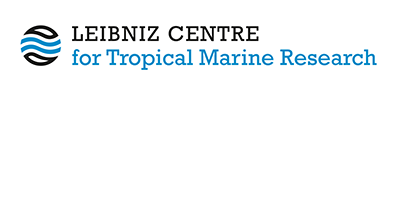Blue carbon science, management and policy across a tropical urban landscape.
Friess, Daniel A., Gatt, Yasmine M., Fung, Tze Kwan, Alemu, Jahson B., Bhatia, Natasha, Case, Rebecca, Chua, Siew Chin, Huang, Danwei, Kwan, Valerie, Lim, Kiah Eng, Nathan, Yudhishthra, Ow, Yan Xiang, Saavedra-Hortua, Daniel  ORCID: https://orcid.org/0000-0003-4358-7529, Sloey, Taylor M., Yando, Erik S., Ibrahim, Hassan, Koh, Lian Pin, Puah, Jun Yu, Teo, Serena Lay-Ming, Tun, Karenne, Wong, Lynn Wei and Yaakub, Siti Maryam
(2022)
Blue carbon science, management and policy across a tropical urban landscape.
Landscape and Urban Planning, 230
.
p. 104610.
DOI https://doi.org/10.1016/j.landurbplan.2022.104610.
ORCID: https://orcid.org/0000-0003-4358-7529, Sloey, Taylor M., Yando, Erik S., Ibrahim, Hassan, Koh, Lian Pin, Puah, Jun Yu, Teo, Serena Lay-Ming, Tun, Karenne, Wong, Lynn Wei and Yaakub, Siti Maryam
(2022)
Blue carbon science, management and policy across a tropical urban landscape.
Landscape and Urban Planning, 230
.
p. 104610.
DOI https://doi.org/10.1016/j.landurbplan.2022.104610.
|
Text
Daniel.pdf - Published Version Available under License Creative Commons: Attribution-Noncommercial-No Derivative Works 4.0. Download (2MB) |
Abstract
The ability of vegetated coastal ecosystems to sequester high rates of “blue” carbon over millennial time scales has attracted the interest of national and international policy makers as a tool for climate change mitigation. Whereas focus on blue carbon conservation has been mostly on threatened rural seascapes, there is scope to consider blue carbon dynamics along highly fragmented and developed urban coastlines. The tropical city state of Singapore is used as a case study of urban blue carbon knowledge generation, how blue carbon changes over time with urban development, and how such knowledge can be integrated into urban planning alongside municipal and national climate change obligations. A systematic review of blue carbon studies in Singapore was used to support a qualitative review of Singapore’s blue carbon ecosystems, carbon budget, changes through time and urban planning and policy. Habitat loss across all blue carbon ecosystems is coarsely estimated to have resulted in the release of ∼12.6 million tonnes of carbon dioxide since the beginning of the 20th century. However, Singapore’s remaining blue carbon ecosystems still store an estimated 568,971 – 577,227 tonnes of carbon (equivalent to 2.1 million tonnes of carbon dioxide) nationally, with a small proportion of initial loss offset by habitat restoration. Carbon is now a key topic on the urban development and planning agenda, as well as nationally through Singapore’s contributions to the Paris Agreement. The experiences of Singapore show that coastal ecosystems and their blue carbon stocks can be successfully managed along an urban coastline, and can help inform blue carbon science and management along other rapidly urbanizing coastlines throughout the tropics.
| Document Type: | Article |
|---|---|
| Programme Area: | PA4 |
| Research affiliation: | Ecology > Mangrove Ecology |
| Refereed: | Yes |
| Open Access Journal?: | No |
| DOI: | https://doi.org/10.1016/j.landurbplan.2022.104610 |
| ISSN: | 01692046 |
| Date Deposited: | 15 May 2025 08:23 |
| Last Modified: | 15 May 2025 08:23 |
| URI: | https://cris.leibniz-zmt.de/id/eprint/5407 |
Actions (login required)
 |
View Item |





 Tools
Tools Tools
Tools